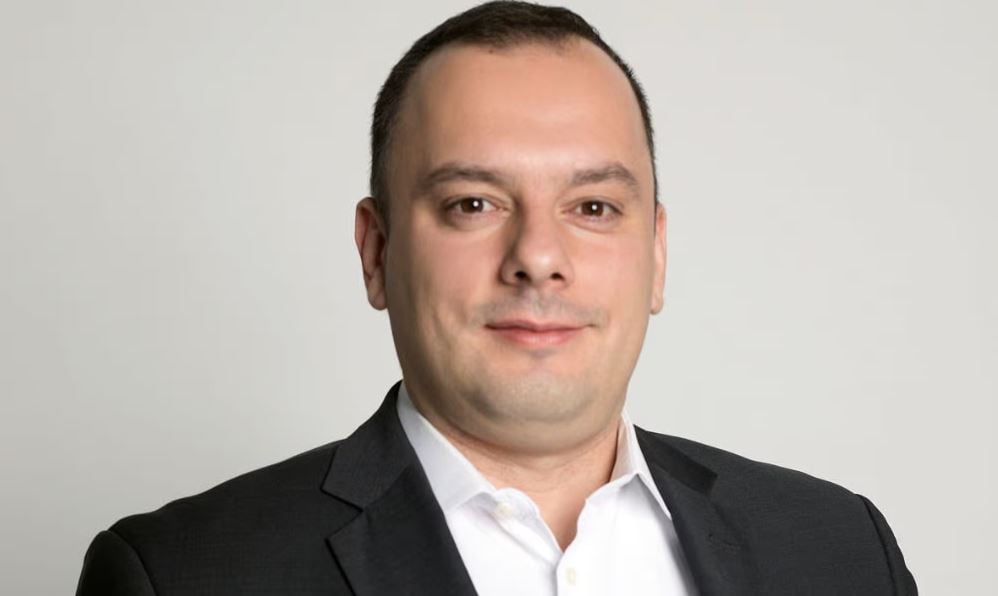Financial planner says they create an ideal middle ground for clients, but that advisors are playing catch-up

Over the past few years, Canada’s investment fund industry has sought to revolutionize Canada’s retirement-planning landscape with the introduction of innovative products.
In 2021, Purpose Investments launched the Longevity Pension Fund, while Guardian Capital introduced its own GuardPath Longevity Solutions earlier this year. While they don’t offer estate-planning guarantees, both go beyond the scope of traditional mutual funds by tapping into mortality credits, an idea that was first explored through the use of tontines in the 16th century.
As the fund firms tell it, these funds could be game-changers for retirement planning. Jason Pereira, partner and financial planner at Woodgate Financial and founding president of the Financial Planning Association of Canada, agrees, though he’s carefully grounding his opinion.
“I think this fits the needs of people who are looking to sustain themselves above the pensions that they have,” Pereira, who was recently awarded the FP Canada Fellow distinction, told Wealth Professional. “The ultra-affluent won’t need it, and it’s going to make little difference to below-average income and net worth individuals in Canada, but there is a sweet spot where it can likely help.”
In Pereira’s view, longevity funds offer a much-needed middle ground between two retirement solutions: pension funds and annuities. The latter, he says, are generally shunned because they require clients to give up a large lump sum to receive a trickle of lifetime income.
But compared to the U.S. and other markets, he says Canada’s general advisor population isn’t as well trained to think enough about longevity risk. There’s also currently no commonly accepted academic framework to determine how much money should be placed into tontine-like funds, and they’re not modelled in today’s financial-planning software, presenting a challenge for planners who want to use it in their own practices.
Read more: Financial planning: What is it and why is it important?
“It’s a bit hard to model how these investment vehicles behave,” Pereira says. “But from what I’ve seen, the providers are being very realistic in their projections, and they’ve actually downplayed how well they’re expected to do over time.”
In the first annual report for Purpose’s Longevity Pension Fund, released just yesterday, the firm said that all the decumulation cohorts in the pool remain overfunded or in a fully funded position. The initial distribution levels, according to the report, were deliberately set at a rate that allowed funding levels of 115% to 120% in order to provide additional income stability in the event that the fund faced early negative returns.
“I am pleased to announce that the Fund is holding distribution levels steady for all cohorts in 2023, despite dealing with a very challenging market this year,” Fraser Stark, president of Purpose’s Longevity Retirement Platform, said in a statement.
From Pereira’s vantage point, the majority of advisors have so far ignored the new products. While he’s glad they exist, Pereira is also still wrestling with how much he should allocate to reduce his clients’ longevity risk down to a level that makes sense for them.
“You can’t put 100% of your RRIF funds into them. Otherwise you’ll be redeeming more than you’re supposed to, which is nothing,” he says. “You’ll end up paying for a benefit you never get.”
The framework for adopting tontine-based funds in retirement portfolios, according to Pereira, has to come from the halls of academia. But it could be years yet before that comes to pass, as the mathematics of tontine optimization as a field of research is still in its infancy.
Still, he’s hopeful that tontine-based funds will get the time they need to prove their worth. If they perform according to expectations, and the mortality credits they provide successfully translate into additional returns for surviving members of the pool, that would make for a strong case for their adoption among advisors.
“This is definitely an idea that deserves consideration and further study,” Pereira says. “I think with the aging population, the need for solutions like these is definitely going to increase.”



